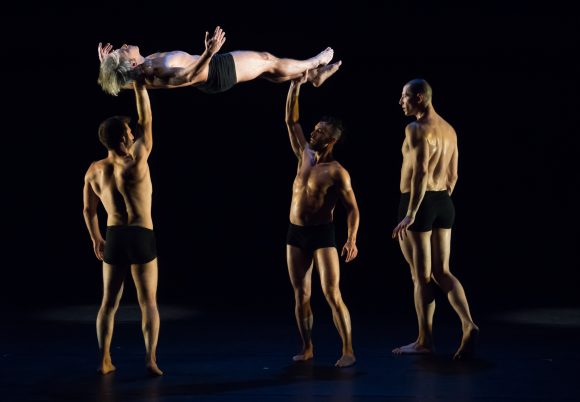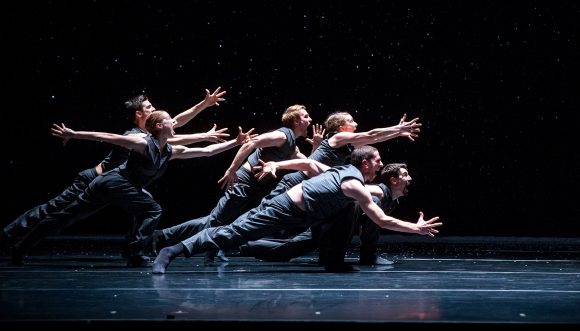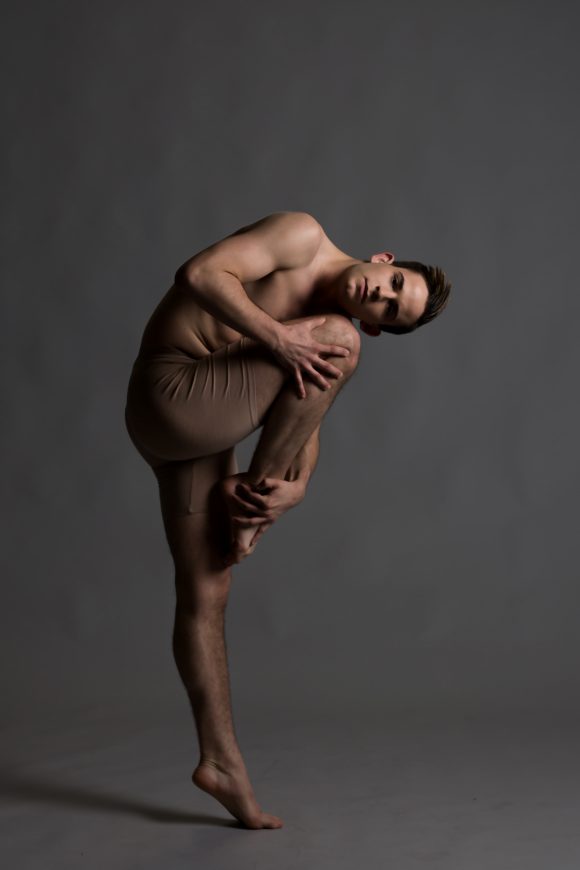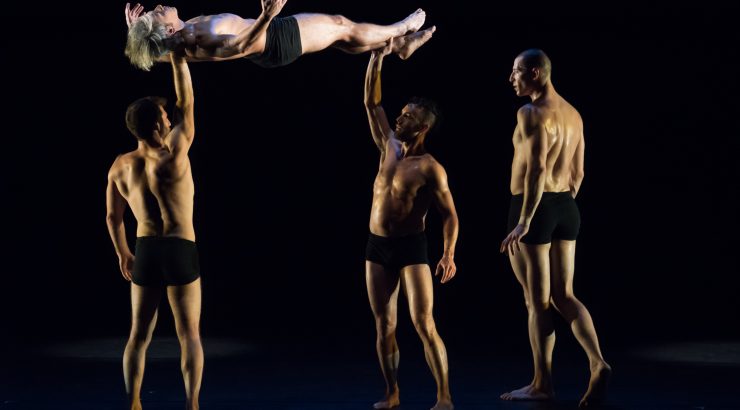Men. Women. Dance for All
November 29, 2018
By Kaitlin Wright
The arts are a pulse on society. A book tells us something about the culture in which it is written, a painting reveals a certain perspective, and dance, which can be a combination of visual and performing arts, provides humanity with a rich source of information about self and relationships to others.
If dance is universally about communication and expression, why does it seem that in the United States, views of the art form are frequently relegated to a specific gender?
The roster of dance artists presented by the Musco Center this season invites Chapman University students and the community to continue to challenge this stigma.
“Dance is one of the four things we can do as human beings,” said Musco Center’s Executive Director Richard T. Bryant. “We can sing, talk, play musical instruments, and move. That’s it. There is no other branch. I just don’t see how we can be a country that doesn’t dance.”
This season, Musco Center welcomes dance patrons to be a part of a community that reemphasizes the balance between sexes in an art form that has its basis in one of the world’s most common denominators — human movement.
“In Pilobolus, we ask for the input of our performers. Doesn’t matter if they are male or female or something else,” says artistic director Matt Kent. “(The performers) all have diverse physical expressions that tell their own stories. Stories of tenderness, sure, but strength and competition and fear and athletic prowess and power. These emotions are not the heritage of one gender, they are the inheritance of all people.”
Pilobolus kicked off Musco Center’s Dance Series on November 14, 2018 with their “Come to Your Senses” show, comprised of original pieces that examine human biology in a program about accessing all five senses. At the same time the company explored emotions and relationships among the genders. Through the Musco Master Class programs, Pilobolus more deeply explored these relationships with students from the Chapman University Department of Dance and Orange County School of the Arts. More than 600 students participated.

Musco Center photo by Doug Gifford
“The very notion of what dance is, is has always been investigated and questioned by Pilobolus. We still do that and that includes the roles of gender in physical expression,” says Kent. “Men dancing together free or free-er from gender bias was on its way when Pilobolus was founded in 1971, but we certainly made it safer to forget about traditional roles and leave them behind.”
He continues, “It could be complicated, but necessary to gently push against the boundaries of what people find interesting and acceptable, without scaring them away.”
Historically, dance has been tightly embedded in the life and vibrancy of society, so it only makes sense that artists are pushing to drop the stigma of dance being feminine or consistently representative of gender roles.
Dance has been used by cultures in a variety of ways — in tribal storytelling rituals that pass down a tradition of the tribe, as a technique to prepare Greek warriors for battle, to celebrate love and loss at weddings and in some cultures, funerals, and as a symbol of intellect and nobility as evidenced by ballet’s origin in the Courts of Louis XIV.
Dance historians have identified the 19th century as the origins of a shift in perception from egalitarian to feminine around the time when women began dancing en pointe. This impressive feat positioned women as the stars of the genre, which led classical ballet to become greatly associated with femininity.
Societal perceptions are changing and there is a greater representation of male dancers in popular culture.
Artistic Director of Hubbard Street Dance Chicago, coming to Musco Center on January 24, 2019, Glenn Edgerton recalls his childhood as a dancer in a small town where boys played sports and girls went to dance class.
“I lived the whole Billy Elliot story, was bullied on the playground, everything. As years went on, I became more respected for my dancing,” says Edgerton. “To be a dancer as a young male child you have to really, really want it, and that says something about all male dancers who make the decision to stick with it. I see this generation becoming more open, but the pressure is still there. We have to continue pushing to break the cycle.”
Hubbard Street’s repertoire includes pieces that show men executing choreography in a range of movement qualities. An all-male quartet in repertory at Musco Center called “Grace Engine” by internationally renowned choreographer Crystal Pite shows power, strength, and sheer physicality, “Decadance Chicago” by acclaimed choreographer Ohad Naharin is a comedic duet originally created for two men, and Hubbard Street’s resident choreographer Alejandro Cerrudo directed three solos where men perform to the sounds of Dean Martin in a carefree, nobody-is-watching way.

Photo by Todd Rosenberg
“We present all of our works without hesitation of comment,” says Edgerton who notes that many of Hubbard Street’s pieces are double cast with the gender of the dancer being irrelevant. A duet set on a male and female may just as easily be performed by two men or two women.
“These pieces are up for anyone to interpret and we hope that means they transcend the stereotype that our culture has put on male dancing,” says Edgerton.
These days, dancers routinely venture into new terrain, trying new techniques and combining disciplines in unconventional ways. Male dancers are seen by huge numbers of audiences because of popular dance shows like “So You Think You Can Dance,” “World of Dance,” and “Dancing with the Stars,” not to mention social media platforms like YouTube and Instagram. Due to this increased popular exposure one could rightfully pose the question: are male dancers experiencing a restoration of dignity and respect?

Photo: AR Photography
Ido Tadmor, Choreographer and Presidential Fellow of Chapman University’s Department of Dance, says he continues to see improvement in society’s understanding of men in dance but urges teachers, directors, and choreographers to not let up on the progress they are making.
“When dealing with male dancers, one should know they already come with a history behind them,” says Tadmor. “It is up to us to continue this journey of educating audiences about dance — we can expose how difficult and how physical it is to be a dancer and show that it comes from a completely natural place.”
Tadmor, who spent a month in the African Senegal Desert studying tribal movement brings this appreciation of raw expression to his piece about the first men on earth, choreographed for a cast of seven Chapman male dancers with a Southern California premiere at the Fall Faculty Dance Concert at Musco Center on November 30 and December 1.
Tadmor experienced dance at its very core while researching tribal movement. As a means of expression to be used by all. It is an integral part of life and society.
“When God or this high entity invented dance, I don’t think it was about jumps and pirouettes, or if it’s feminine or masculine. Instead, I think it is the channeling of that higher light or higher force,” says Tadmor. “Dance is for everyone. It belongs to everyone.”
